If you are looking to find berry variety beyond what your local grocery store or farmer’s market offers, you can look to berry foraging to seek and find a delicious array of berry options in your backyard or further afield.
When foraging for wild berries, you’ll learn about your environment, connect with nature, and diversify your palate with the potent, intense flavors of wild harvested foods.
When and Where To Forage For Berries
Generally, berry season is mid to late summer, but there are a few exceptions. Blueberries can start in late spring until summer, same with strawberries. But really, you can start your berry forage planning in the spring. Early in the season, you can find solid patches of plants or trees in fields and forests. Once you find them, keep an eye on them for the next few months as the berry season comes into full swing.
Berries grow across North America, with the prime growing regions being the Northwest, Northeast, Midwest, and Southeast. But berries can be found in surprising spots too—high mountains, urban centers, suburban shopping malls, and even in the tropics. One of my fondest memories of living on Maui was finding the sour wild raspberries that grew upcountry—on the slopes of Haleakala, where it’s significantly cooler than the rest of the island. Berry hunting always feels like a treasure hunt with the tastiest rewards!
How To Forage For Wild Berries
The most important thing to have when you forage for berries is a good guide or a deep knowledge of local plants. As with all foraging, you need to begin your berry hunt with an experienced forager and only eat fruits that you are 100% certain are the variety, ripeness, and preparation that is safe to consume. However, “No guide on the Internet or in print is going to fully prepare you to identify plants in outdoors, in the real world. A picture cannot capture the scale and perspective and variety of nature,” says Wes Siler on Gizmodo.
It’s also important to know your local and regional microclimates and have a broader understanding of how plants grow. Gardener’s Path explains that knowing regional plants is important since many edibles have natural companions in the wild. They write, “Edible plants [will] likely grow in the company of other trees and weeds, and in specific locations like a sunny patch of old farmland. Familiarize yourself with the local ecosystem and you’ll become more adept at spotting not only edible plants but their likely growing companions.”
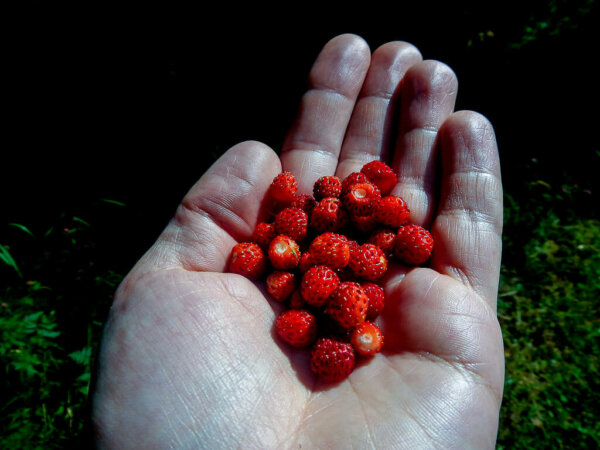
And a good rule of any wild harvesting or wildcrafting is to nurture and respect the land that nourishes us. Never take all the berries from a patch and embrace a wide search area so that you don’t harvest repeatedly from the same location. This ensures the longevity of the plant and allows our ‘forest friends’ to enjoy their share, too.
Tools and Things For Foraging
With any walk into the forest, you’ll need to prepare yourself for your adventure. Some of the most important tools and items you’ll need for a day in the field include:
- Gloves: To protect your hands from thorns, like raspberry and blackberry plants have, and poisonous leaves like elderberry.
- Scissors: Most berries can be harvested by hand, but having scissors makes raspberry canes and mulberry branches easier to cut if you can’t reach the individual fruits.
- Sturdy basket: Bring a container to protect your berries as you carry them.
- Clothing: Wear long-sleeved shirts and long pants to protect against sun, bugs, and spiky vines. A wide-brimmed hat can be helpful in you’re in sunny fields.
- Water and snacks: Don’t cut your adventure short by forgetting the snacks! Lots of water and trail-ready snacks are imperative. If you’re the type of forager that eats most of your harvest before you get home, you’ll want to be sure to include high-fat, high-protein snacks to offset the sugar from the berries.
What Types Of Berries Can Be Foraged?
There are lots of varieties of berries that can be foraged. Below are some of the more common (and some wacky new ones) that you might find in your region. Of course, always forage with a local expert or a detailed field guide (see below) before consuming anything from the wild. And always be sure to forage in clean areas: away from highways and roads and far from anything that might have been sprayed with pesticides.
Blackberries And Raspberries
Raspberries (or black raspberries) and blackberries are different fruits (technically aggregate fruits and not proper berries), but similar in habitat and handling. Raspberries and blackberries often grow in wild brambles that can be hard to navigate, and of course, their thorny branches mean you have to be quite careful when harvesting.
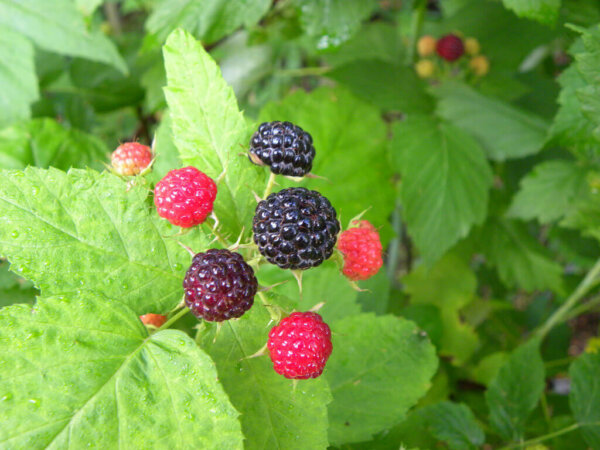
Wild raspberries are bright red when ripe, while blackberries are a deep, dark purple. Raspberries will leave behind their receptacle— the white cone that connects the fruit the plant. Blackberries will include the receptacle. Don’t harvest any that are white or underripe, as they will be bitter and unpleasant. These fruits are a safer bet than other fruits since they do not have any poisonous lookalikes.
Mulberries
Mulberries are a related aggregate berry that grows on large bushes or trees. These are found all around the US, and like raspberries, should not be eaten when white (underripe).
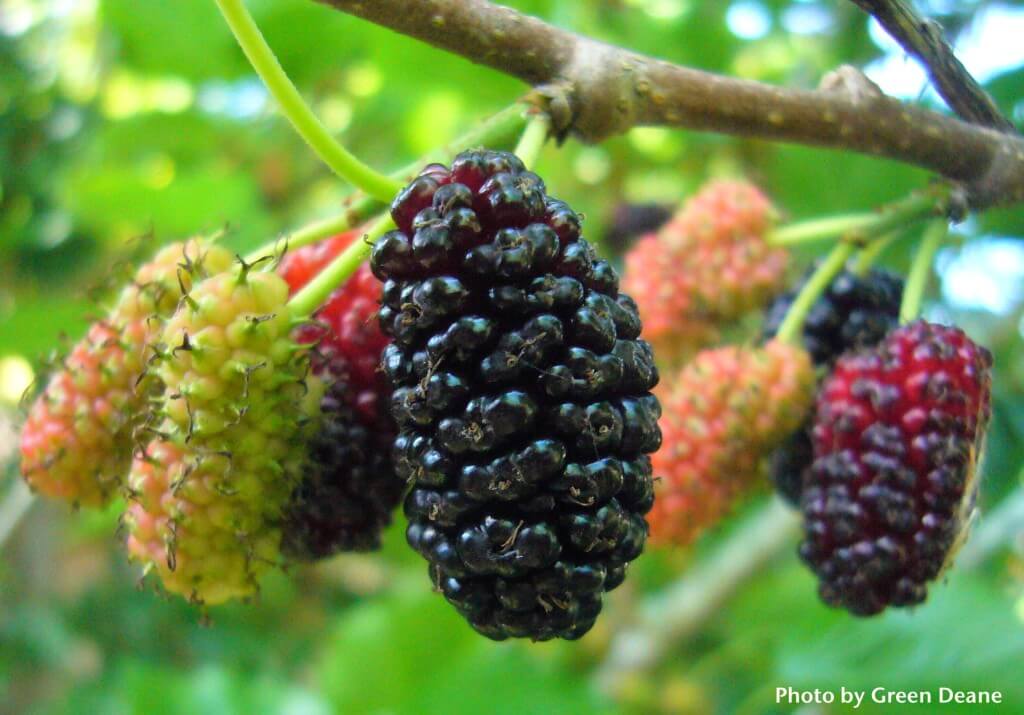
Ripe berries are easy to pick from the vine and can be eaten raw, cooked into baked goods, or made into jam.
Serviceberries (Juneberries or Saskatoon berries)
Serviceberries are usually sweet, although others can be bitter and will taste better when cooked. These look like larger blueberries but grow on a tree; they are ready to eat when red-ish but become even sweeter when they darken to a purple-red color.
Not Far from the Tree explains that these are often planted as ornamentals, with few people knowing there is sweet fruit to be had. This site also lists a bunch of awesome recipes to use with all your berries, should you stumble upon a large grove.
Strawberries
Strawberries are hands-down my favorite fruit, and if you can find the smaller, more fragrant wild version, it feels like finding treasure.
Wild strawberries have a lookalike, but it’s easy to spot the difference. Regular strawberries have unique white flowers, and the fruits grow facing down. They also have a typical strawberry smell. False strawberries have fruit that grows upwards and doesn’t have a lot of flavor. They are not poisonous but are not delightful either.
Blueberries
One of the things I love about blueberries is that each fruit tastes slightly different: Some are significantly sweeter or more sour than others, and mixing them together in pies, parfaits, jams, and smoothies makes for a wildly flavorful treat.
Where can you find wild blueberries? Regions can include the Sierra Nevada, the Cascades and along the east coast from Maine to North Carolina. Blueberries grow in low bushes and are often found near oak trees, in sunny clearings, or in deeper woods. The ripe berries have a dark blue color and often have a white, waxy coating. This is edible but can be wiped off.
Elderberries
Elderberries are twice as lovely because they have edible flowers AND edible berries. Note that the leaves, bark, and stems are toxic, and it’s best to cook the berries before eating, which deactivates the potentially dangerous compounds.
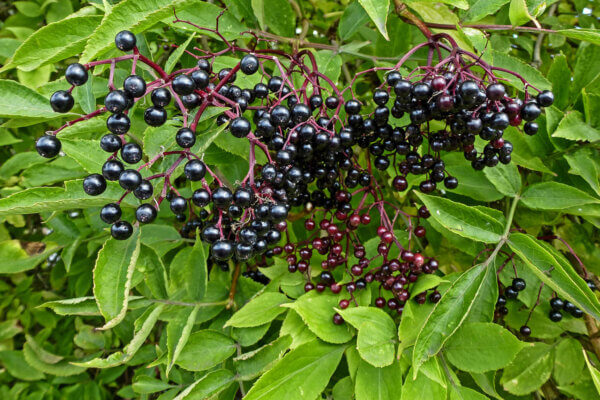
The flowers, known as elderflowers or elderblow, are fragrant and flavorful. These are often used in liquors, wine, tea, or fragrant elderflower lemonade. Elderberries are a traditional medicinal food that can be made into elderberry syrup. This is used to boost immunity because it has a high vitamin C content and can help reduce intensity and duration of colds and fevers.
Common varieties include black elderberry, blue elderberry, and American black elderberry. But there are many more varieties of elderberries, too. These grow as bushes 10-25 feet high and grow in moist environments: Look for them along riverbanks, deep in the forest and wet woodlands. The flowers bloom in late spring to mid-summer, and the fruits are ready in late summer to early autumn.
Less Common Berries For Foraging
Cloudberries: I have to admit, I had not heard of these before I started this research! These beautifully funky fruits grow in the northern parts of Canada and other cold places. They look a little bit like raspberries but are a beautiful peach color.
Barberries: Found along the Canadian border in cooler climes, barberries are small, sour fruits that grow on thorny shrubs.
Huckleberries: These do have poisonous lookalikes, so eat only with caution. These berries look similar to blueberries and are found in the eastern U.S. and at higher elevations.
Muscadine: Often referred to as wild grapes and found in the Southeast US, these berries are bright, light green when unripe and dark purple when ripe. They have large seeds, and usually, only the inside flesh is eaten and can be eaten raw or cooked. These fruits are often made into wine or jam.
Resources For Foraging
Check with local hiking or naturalist groups to see if they offer foraging tours in your community. This is an excellent way to learn more about local flora and to make friends in your community. When I lived in San Francisco, I had an awesome tour with Forage SF, but there are so many more.
Related Post: Winter Foraging: 20+ Edible Greens, Nuts, Seeds, and Fruits to Forage For in Cold Weather
And be sure to check on local rules for foraging, as it’s considered illegal in many places. So be sure to follow local and state laws regarding trespassing and taking of plants.
Books About Foraging
Here is a list of field guides, cookbooks, and other resources to help you on your way to a successful wild berry harvest.
- Foraging Texas: The author of the Idiot’s Guide to Foraging has an extensive forage resource for Texas and beyond.
- Pocket Field Guide
- Detailed berry foraging guide from Mother Earth News
- Northeast Foraging book, full of berry options
- If you don’t yet have a community group offering tours, check out FallenFruit.org, a wiki resource map for available fruits and foraging opportunities. Enter your address and learn more about what’s in your neighborhood.
- The Forager’s Harvest: A Guide to Identifying, Harvesting, and Preparing Edible Wild Plants


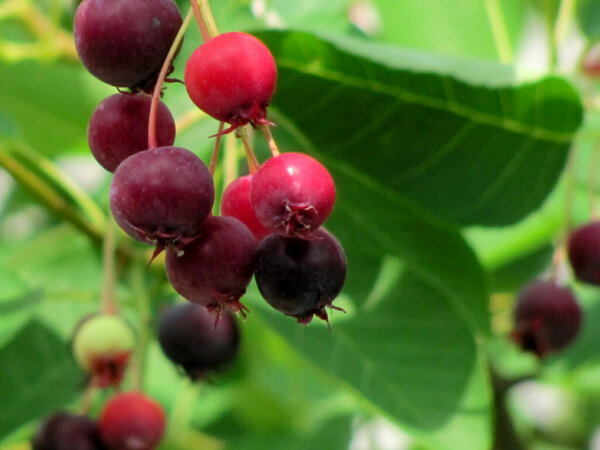
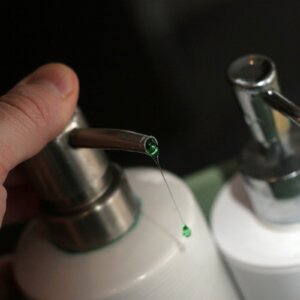
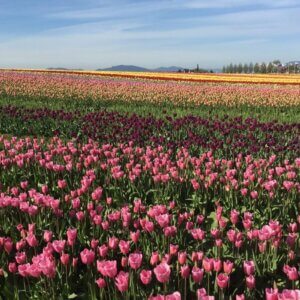
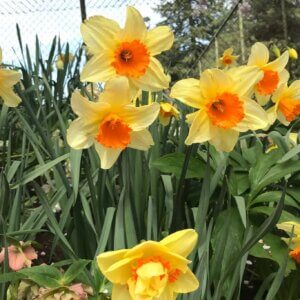
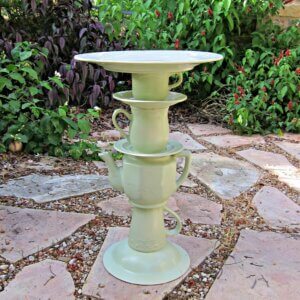
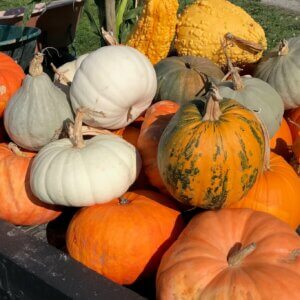
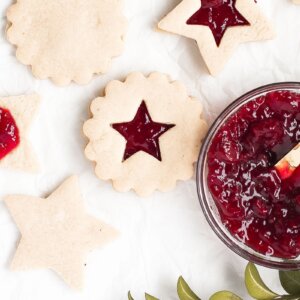
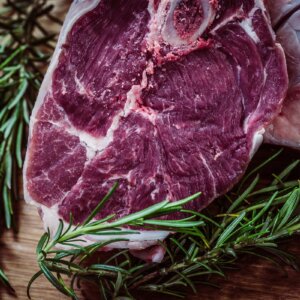

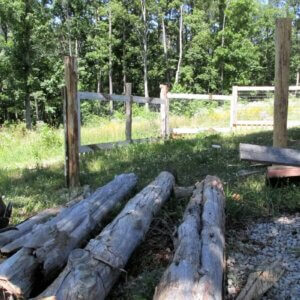
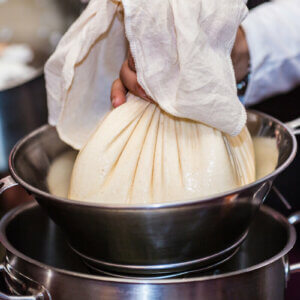
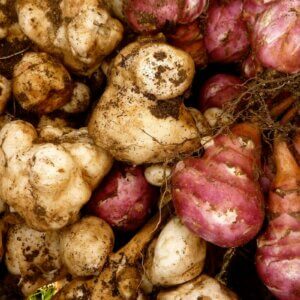


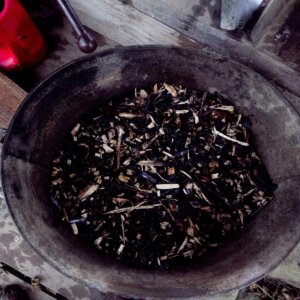
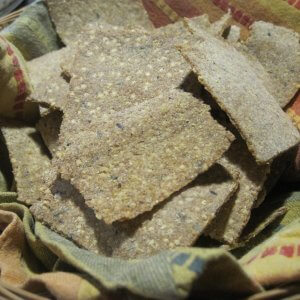


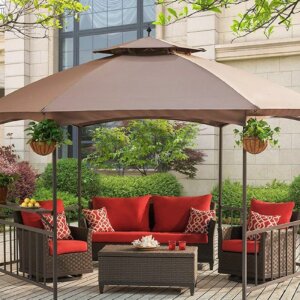



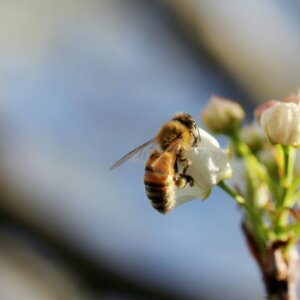
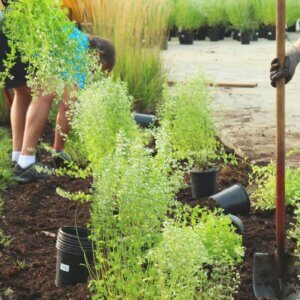
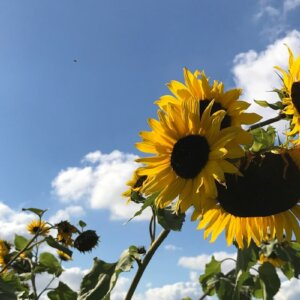

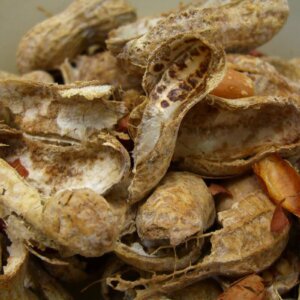
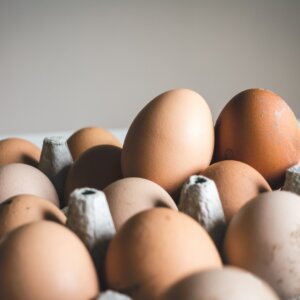
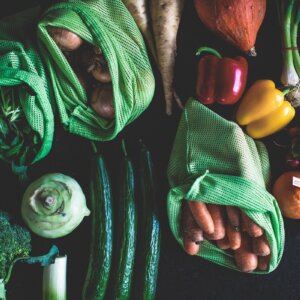

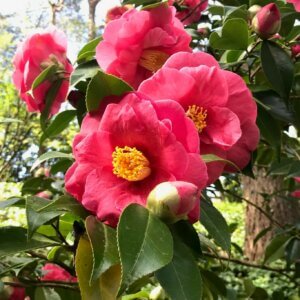

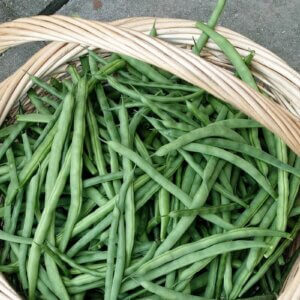
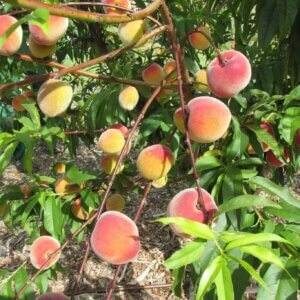
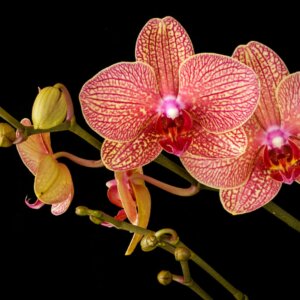
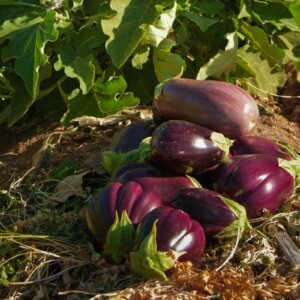
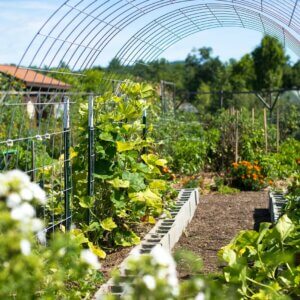
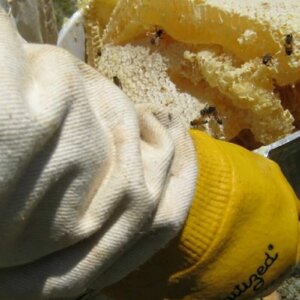

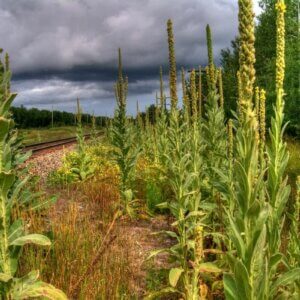
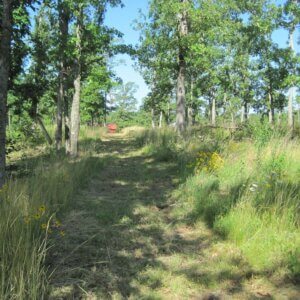
Thank you so much for sharing this.